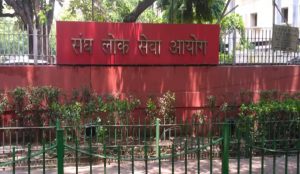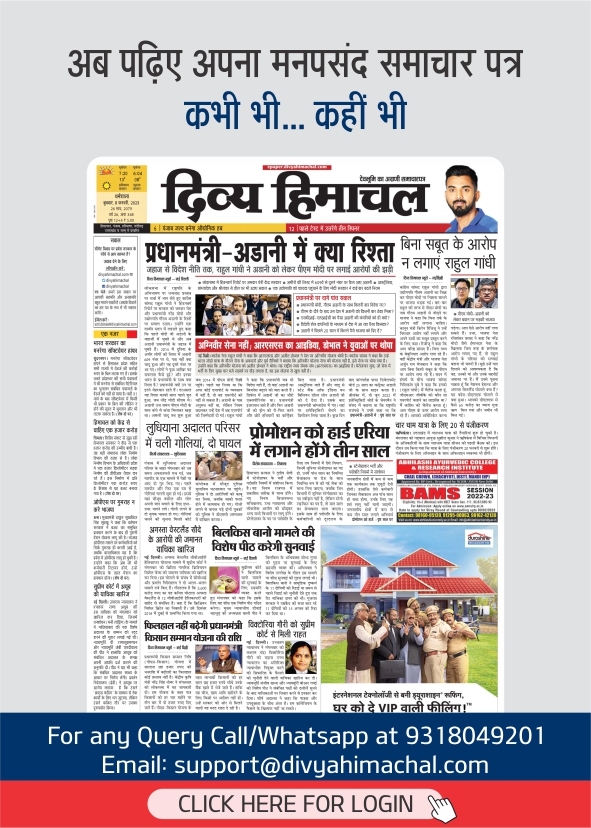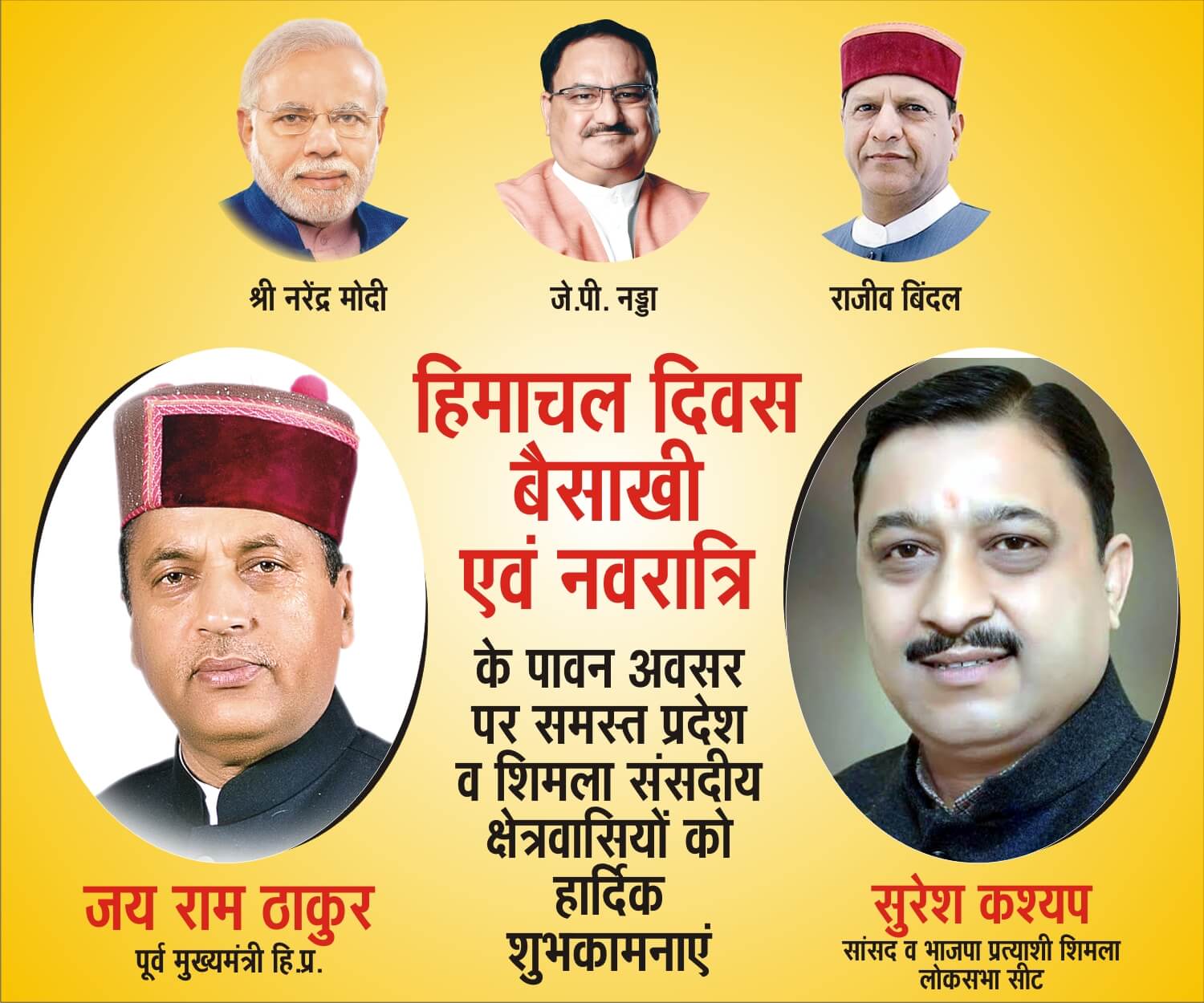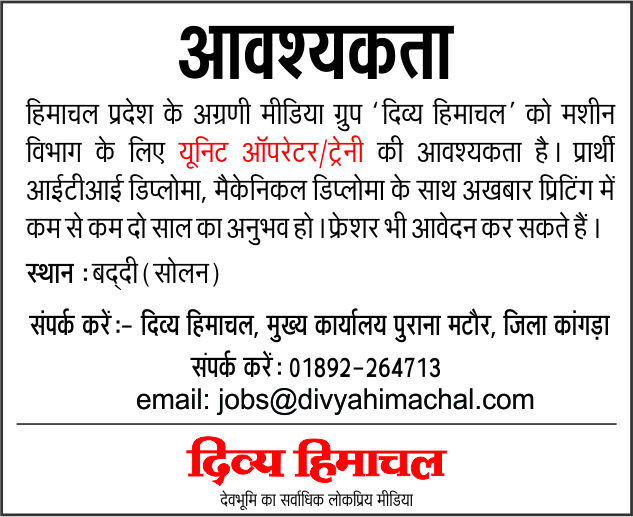The Last Failed Review of India’s Constitution
Bhanu Dhamija
Founder of Divya Himachal & Author of ‘Why India Needs the Presidential System’

First Amendment Set the Wrong Precedent
Our Constitution was not meant to be sacred. “I may point out the Constitution which we frame is not an end by itself,” Nehru said in the opening days of the Constituent Assembly, “but it would be only the basis for further work.” Patel declared categorically:
This Constitution is for a period of ten years.
Sardar Patel
The irony is that India has modified the original Constitution more than a hundred times. Some changes have made it all but unrecognisable. But we resist its full scale reevaluation. Piecemeal reviews started within the first year of the Constitution’s inauguration. In 1951, Prime Minister Nehru chaired a Cabinet Committee on the Constitution to find a way around the courts’ rejection of his government’s zamindari abolition program. He wrote to the chief ministers that the judiciary’s role was unchallengeable:
But if the Constitution itself comes in our way then surely it is time to change that Constitution.
The result was the First Amendment, which not only set a wrong precedent , but it created a new Schedule in the Constitution to shield future laws from judicial review. SP Mookerjee quipped in Parliament that the Constitution was being treated as “a scrap of paper.”
Fourth Amendment: Another Harmful Revision
A second, similarly harmful revision wasn’t far behind. In 1954, the Congress Working Committee set up a subcommittee under Nehru’s chairmanship to examine the document. This time it was a political party trying to bar courts from questioning its government’s compensation for acquiring private property. Pitching the Fourth Amendment to Parliament, Nehru said it was “to remove the contradictions and make the Fundamental Rights subserve[sic] the Directive Principles of State Policy.”
Home Minister GB Pant observed:
We are rehabilitating the Constitution, not tampering with it.
Forty-Second Amendment Ushered in Centralisation
The third reassessment was comprehensive, and hugely detrimental. In 1976, Indira Gandhi formed a party committee, under the chairmanship of Swaran Singh, to suggest amendments to the Constitution. Gandhi really wanted to assess the acceptability of an utterly centralised system proposed by some Congress insiders in a pamphlet called ‘A Fresh Look at Our Constitution’.
Singh’s recommendations resulted in the notorious 42nd Amendment, which concentrated powers in the hands of the Prime Minister. The President was denied any discretionary powers, and the judiciary’s authority to review was severely curtailed. Granville Austin, famous chronicler of India’s Constitution, wrote:
The shift in the balance of power within the new Constitution made it all but unrecognisable.
NDA-I Tried to Introduce Reforms
This ad hoc approach to changing our Constitution has only made India’s problems worse. One example is the anti-defection amendments passed in the 1980s. They reduced our legislators to puppets of party bosses, degrading the primary purpose of Parliament.
The first full and transparent effort to reform was in 2000, by the National Commission to Review the Working of the Constitution (NCRWC). Appointed by the Vajpayee government, under the chairmanship of ex-Chief Justice MN Venkatachaliah, it was a part of NDA’s election manifesto.NDA leaders had been advocating wholesale constitutional reforms for some time. Vajpayee had noted in a 1998 speech:
The present system of parliamentary democracy has failed to deliver the goods and that the time has come to introduce deep-going systemic changes in our structures of governance.
* Opposition parties raised a hue and cry about the appointment of the Commission. They said the government had a “hidden agenda” to scrap the Ambedkar Constitution, end parliamentary democracy, abandon secularism, drop reservations, and so on. Home Minister L.K. Advani categorically denied dropping secularism or reservations, in a long article entitled ‘Why We Need to Change Our Constitution’.
* On the issue of the parliamentary versus the presidential system, he argued that “the basic structure doctrine does not bind us to parliamentary democracy.” But opposition continued. The Vajpayee government was compelled to limit the scope of the Commission. In its terms of reference, it was restricted to work “within the framework of parliamentary democracy,” and to recommend changes to the Constitution “without interfering with its basic structure or features.”
Constitutional Panel’s Report Ignored
The NCRWC’s report, however, was scathing:
There are more failures than successes making the inference inescapable that the 50 years of the Working of the Constitution is substantially a saga of missed opportunities.
It is a sad fact that needlessly harsh, lugubrious, unimaginative and indifferent administration has pushed the poor to the wall. The people of India are more divided amongst themselves than at the time of the country’s independence. If remedies are not found and implemented speedily there might remain very little of value to salvage. There is a pervasive and cynical disbelief that anything will change at all.
The Commission concluded:
* On the parliamentary system’s basic premise that it provides greater accountability at the expense of stability in governments, the Commission argued that it should be reconsidered. It noted that in today’s context, “a reasonable degree of stability” and “strong governance” are both important. Justice Venkatachaliah would later write that he was “veering around” to the view that India should adopt the presidential form of government.
The Commission made 250 recommendations, but its report was never placed before Parliament.
Follow the writer on twitter @ BhanuDhamija
First published on The Quint
Keep watching our YouTube Channel ‘Divya Himachal TV’. Also, Download our Android App















